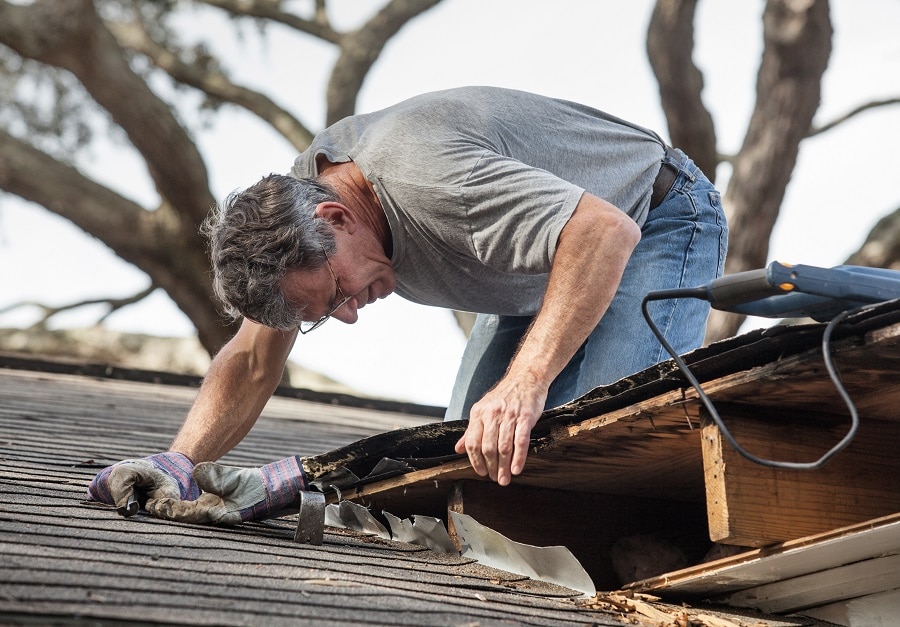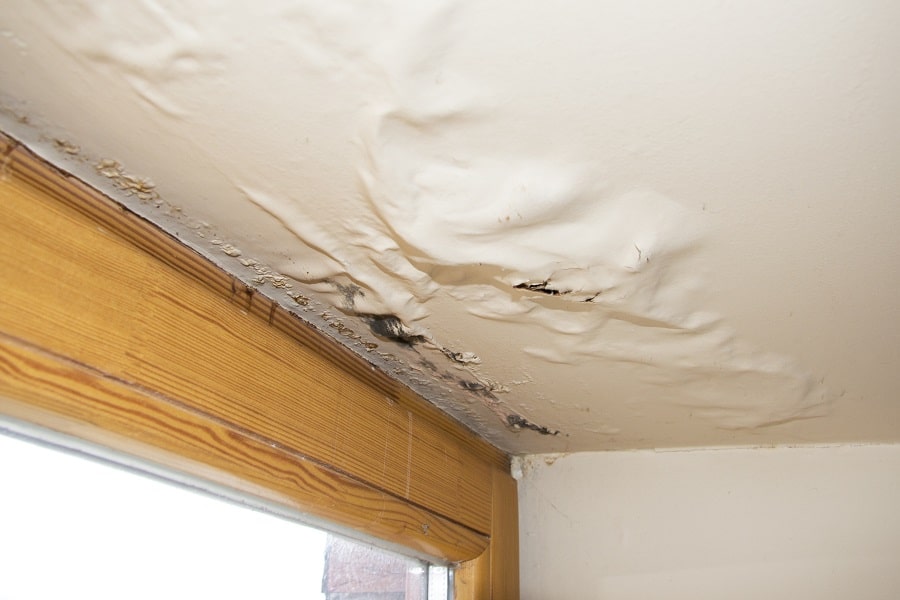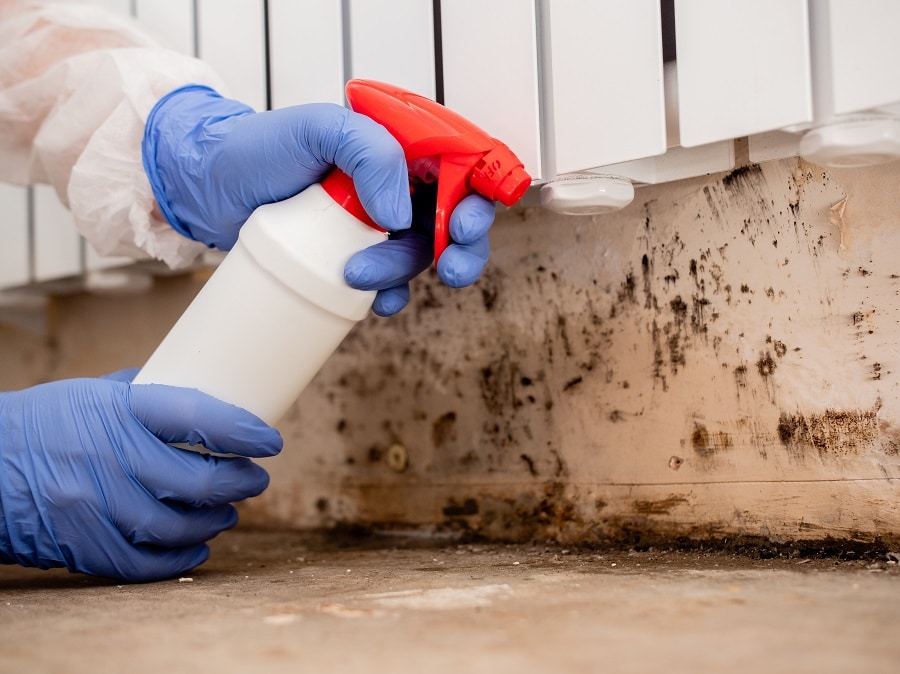When considering any building, no matter how old, timber decay within the structure is usually as a result of rot. Wood rot can show up in two prevalent forms: dry rot and wet rot, both resulting from fungal decay suffered by building timbers.
What is Wet Rot?
This is a type of parasite which can be found in wet timber. It alters the structure of the timber, causing swelling and separating its fibres, which leads to crumbling and loss of strength in the structure. Wet rot can expedite decay in timber, making it lose structural integrity and to eventually break. Incessant contact with sources of moisture is the primary cause of wet rot in structural wood. This could be from the ‘wet’ side of the structure, through faulty plumbing or penetrating damp. Wet Rot is a fungus and will spread to neighbouring timbers, which in turn suffer damage.
Our Guarantee
- upto 30 year guarantee
- customer focused team
- 20 years combined experience
- portfolio of satified customers
- attention to detail
- Construction line accreditation
- public liability insurance
- CHAS accreditation
What is the Difference Between Dry Rot and Wet Rot?
Dry rot triggers quick and extensive damage to structural timber as it spreads through the affected property. Wet rot, while occurring more often, causes less harm; the waterlogged areas on the timber suffer virtually all the damage. In the absence of fungi, wet and dry rot can be differentiated by relating the extent of damage (size and type of cracks) and the colour of the timber with the development of either type of rot.
What causes Wet Rot?
Wet rot spores are only present in certain environmental conditions. Moist timber is the main cause of Wet Rot. Moisture expedites the progression of wet rot fungi. As a result, signs of decay become visible on the timber.
The Dangers of Wet Rot in Littlehampton
Wet rot poses a serious risk to the longevity of a building. It can even reduce the market value of the affected property. When you notice wet rot, make sure to treat it quickly, if not there is a high likelihood of it spreading and infecting your house. A survey of 2,038 London property owners inquired whether they had experience with wet rot in their homes, where the problem was identified, and how effective they were at preventing future cases.
The results were shocking – more than 20% of homeowners experienced wet rot in some form. Wet rot can attack timber flooring; making the property lose its structural integrity. In addition to provoking costly repair work, wet rot can drag down your property value, and insurance companies typically shy away from offering policies to houses experiencing moisture ingress or damp build-up.

What are the Warning Signs of Wet Rot?
The signs of wet rot or the conditions that allow the fungus to gain a foothold in the timber depend on the type of moisture it comes in contact with. Some noticeable signs include a musty smell, wallpaper peeling, the central heating boiler malfunctioning, and cookers not working properly. Common areas where wet rot occurs include beneath the kitchen sink, along external walls, attics and roof spaces. Wet rot typically attacks older buildings constructed using timber frames rather than modern species such as Meranti and Sapele. Timber from below ground level up to a one-floor level is another prime victim of wet rot. The first step towards managing wet or dry rot is identifying it. If you believe your home has a wet rot infestation, a damp survey is necessary.
Call Our Sussex Damp Experts team now for quote, consultation and advice:
Call on 01273 257 765.
How and When Should I Look for Wood Rot?
Searching your home for any signs of wood rot or damp should be done annually, just like spring cleaning. The period just before winter; during your weatherproofing activities, is a good time for it. You’ll need a screwdriver with a long handle and a decent flashlight.
Looking out for discolouration or swelling below and around the windows is necessary for buildings with wood siding. Paint can often disguise wood rot, so poke the siding with the screwdriver to make sure that the wood is solid. If the wood gives in with pressure and has a spongy texture, then you are dealing with wood rot. Use a powerful flashlight to search for discoloured wood in the attic. Transition to the screwdriver test if you notice any. Make sure you go over the roof decking base, the joints linking wood members at the top of the roof, and at the edges of the attic where slanting rafters transition into eaves. These are prime locations for wood rot to grow in the attic.
Using the flashlight to check out discolouration on the perimeter wood plate on the concrete basement wall, study the wood in a crawl space (sill plate) or basement. Use the screwdriver test on any discoloured regions you come across. Examine the walls and floors to detect discolouration under the sink or water leaks around baths, tubs, and the water heater.
How do we identify wet rot?
Unfortunately, detecting wet rot is not an exact science, wet rot can affect timber in several distinct ways. If you can push a knife all the way into painted timber, that is an obvious sign of rot. Our specialist damp proofing experts have years of experience and are trained to look for the following:
- Localised fungal growth on timber
- The soft, spongy feel of timber; the affected area appears darker than the surrounding timber.
- The soft and spongy texture of rotting timber; the affected region often looks darker than the other parts.
- That spongy, soft feel timber gets when affected by wet rot; the affected parts are darker than the other areas.
- The spongy, soft texture of rotten timber; the infested area is darker than the other parts.
- The springy feeling that is an indicator of wet rot; the affected area is often darker than others around it.
- Crumbling of affected dry timber into particles.
- Dry timber crumbling into particles.
- The crumbling of infested timber into dry particles.
- Dried-out timber disintegrating into particles.
- The disintegration of rot-eaten timber into particles.
- Shrinking timber
- Bleaching wood in window and door frames
- Flaky or damaged paint
- A musty, damp smell
What to Do After You Detect Wet Rot?
You need the services of a damp expert to take on wet rot; ensuring the source of moisture is identified and blocked is crucial to preventing repeat cases. Call Sussex Damp Experts on 01273 257 765 today to get more information about wet rot treatments.
Wet Rot and Damp Proofing in Littlehampton

Your search for wet rot treatment and damp proofing services ends here! If you notice that you have wet or damp rot in your home, then you should call us to repair the problem at once, as wet rot will spread quickly and lead to dangerous health risk and a loss of structural integrity if not dealt with promptly. We will investigate the source of the damp or wet rot and provide solutions as well as advise on how to prevent a similar situation.
Timber damp proofing is quite different from cosmetic treatment; it is a strategic approach to maintenance that is geared towards protecting the timber from decay. There are two ways to appropriately protect the timber.
Surface treatments are highly unreliable; they do not solve the problem and even end up escalating the issue. The only solutions are either fully covering the surface using a membrane, replacing the timber, or treating it. If you would like to speak with one of our experts or require further information about treating wet rot, call us on 01273 257 765 and let Sussex Damp Experts help.
Wet Rot Treatment Specialists in Littlehampton
With 20 years experience tackling wet rot in Littlehampton, we are leading specialists offering free, no-commitment cost estimates and site surveys to a wide range of property owners. Our wet rot and damp proofing experts will visit you, identify the signs of water ingress or wet rot, and then recommend the best course of action. Our team of experts can diagnose and treat all types of wet rot in properties using advanced methods.
Wet Rot Treatment in Littlehampton
Wet rot can be found predominantly in areas that are constantly exposed to moisture. However, when we treat wet rot, we do not just fix the damage caused by it. The problem must be treated at its source. We identify how the timber gets in contact with moisture and block it against future occurrences. Wet rot treatment should be left to experts who can provide a comprehensive solution. Delaying the treatment will only drive up the cost of eventual repairs. The best course of action is to contact Sussex Damp Experts if you see any indication of wet rot anywhere in your building.

We can provide lasting solutions to wet rot. Sussex Damp Experts is here to help, we waste no time in identifying the cause for dampness and, which areas have been damaged. Delaying could be fatal, call 01273 257 765 today or fill the contact form to save your timber!
Our Wet Rot Treatment Process in Littlehampton
The more you delay starting treatment, the worse the situation becomes. Treatment might only be required for a small area if you can detect the signs of fungal rot early enough. Severe cases where the rot has advanced across the breadth of timber could mean you will need major repair work or replacements for the timber beams. You must take several steps to treat wet rot. The treatment of wet rot involving timbers must start with addressing the root of the problem and preventing moisture from reaching the timber. If there is a seepage of water into your home or timber, regardless of whether the cause is broken guttering, condensation, or anything else, we locate the source of water/moisture ingress and take corrective action. Replacing the affected wood is often the port of call for inexperienced builders or contractors. Chemical Preservatives are then applied to the area in question after replacement. This can only fail. If you are worried about the presence of wet rot in your building, call Sussex Damp Experts today. We can help you identify the cause and treat the damage.
What happens to Wet Rot if left untreated?
Overlooking wet rot can only lead to weakened structural timber which could have dire consequences for the residents. When rot settles in, the timber gets soft and will cave in when poked with a sharp object such as a knife or a screwdriver. The final result is that the timber becomes less structurally sound, and the worst-case scenario could see your building condemned if it continues to spread. Call Sussex Damp Experts on 01273 257 765 and speak with one of our Experts in Wet Rot Treatment today!
What is the cost of Wet Rot Treatment in Littlehampton?
Rot can be devastating for any property. The cost of damp proofing and remedial works varies depending on the type and severity of the problem, but you shouldn’t let that put you off. We are always willing to provide our wet rot treatment services in Littlehampton at an affordable cost for all our clients. We advise you on the best course of action to protect your home and your health.
How to prevent wet rot?
At all times, wood should be kept dry to avoid cases of rot. You can use wood hardeners to give timber in at-risk areas an extra layer of protection against moisture. Areas of properties most affected by damp include sills, window boxes, timbers that touch brickwork but have not subjected to damp proofing treatment including the use of a fungicide and sealant.
Talk to Our Wet Rot Treatment Experts Today!
Sussex Damp Experts can provide more information on wet rot treatment, call our experts on 01273 257 765 today to get started.
FAQ
Is wet rot smelly?
Is Wet Rot Capable of Spreading?
Can Wet Rot Cause Health Problems?
Is there a DIY treatment solution?




